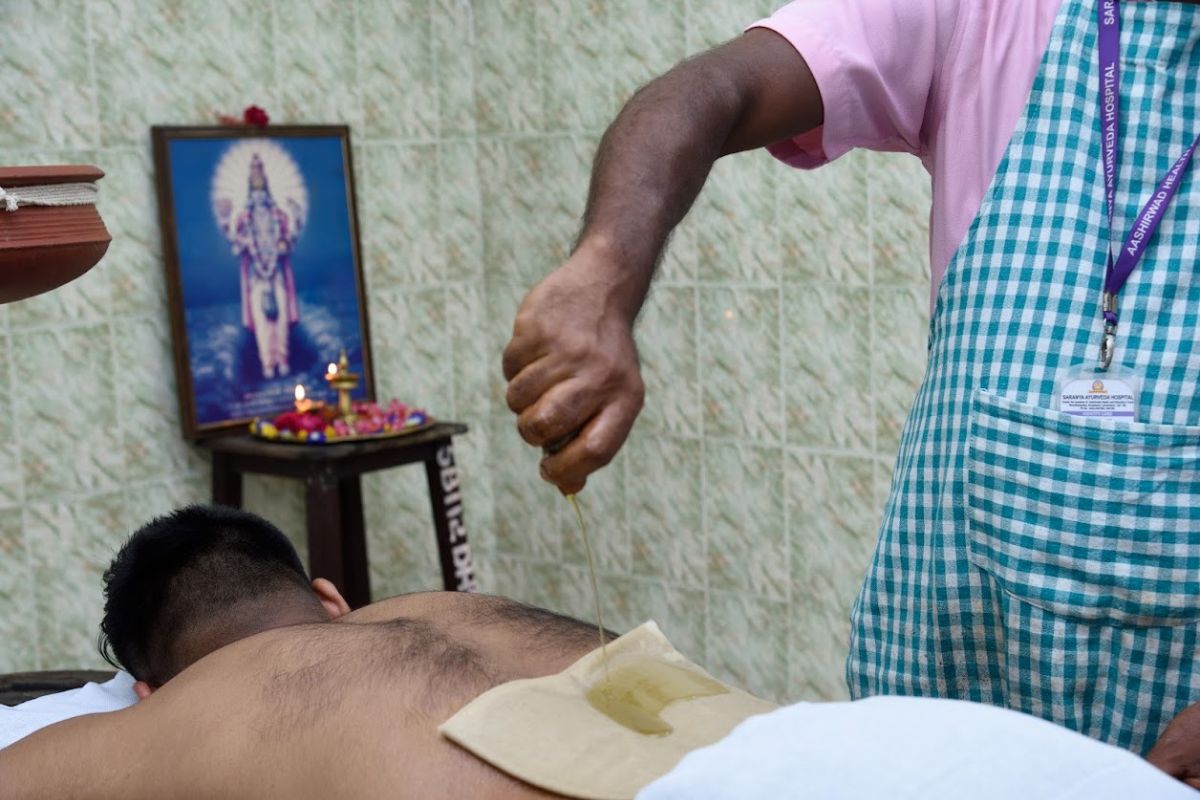Overview
Due to bad posture, prolonged sitting time, long drives etc, more and more young people these days are complaining of low back pain which radiates to lower limbs. When herniated discs or bone growths press and pinch the nerve roots of sciatic nerve in the low back, people experience low back pain which travels from the low back to hips, buttocks, back of legs and upto the tip of big toe. This is called Sciatica.
In Ayurveda, Sciatica is known as Gridhrasi. It is named after ghridhra, or vulture. Vulture typically walks by dragging its feet. Due to the pain, sciatic patients can also be seen walking with their foot dragging, on the affected side.
Gridhrasi is caused by an imbalance of Vata or Vata & Kapha. Apana Vayu is the dominant vata in the lower part abdomen and back, thus it is the most disturbed in case of Sciatica. Managing Apana Vayu successfully can yield very positive treatment outcome to a sciatic patient.
Symptoms
- Low back pain which radiates to lower limbs
- Numbness of legs.
- Pinprick sensation.
- Burning sensation.
- Constipation.
- Change in walking style.
Investigations
- X ray
- MRI
- CT scan
- EMG (Electromyography)
Causes
- Ativyayama (excessive exercise)
- Ativyavaya (excessive sexual activity)
- Ati adhyayana (excessive study)
- Langhana (excessive or improper fasting or dieting)
- Plavana (swimming)
- Pratarana (falling)
- Ratrijagarana (staying up at night)
- Taking of katu(pungent), tikta (bitter), kasaya (astringent), ruksha (dry), seeta virya (cold potency) foods.
- Excess intake of foods like suska shaka (dry vegetables), vallura (dry meat), mudga (gram), masura (lentil) etc.
- Food habits like anashana (starvation), adhyasana (taking meal before the digestion of previous food) etc.
- Vegadharana (suppression of urges) like vata (flatus), mutra (urine), purisha (faeces), sukra (semen), charrdi (vomiting), kshavathu (sneezing), udgara (belching), waspa (tears), etc.
Treatments
Panchakarma therapy : Pancha karma therapy is done to detox one’s body. Virechana and Vasthi(Kashaya vasthi and Sneha Vasthi) are especially beneficial in case of Sciatica, but the choice is made by the physician according to the condition of the patient.
Sthanika or Local therapies: Treatments focused on the low back helps in reducing the inflammation of the spinal region. This reduces swellings and privide fast relief to pain. These treatments include Pichu, Kati Vasthy, Elakizhi, Podikizhi etc.
Pizhichil: Pizhichil is a treatment where medicated warm oil is poured all over the body of the patient rythmically for a duration of 1 hour or more. This is very relaxing for the muscles. This treatment improves circulation and flexibility of body. It is also very rejuvanating.

Ayurvedic Medication :Herbal formulations of Ayurveda specially designed for ghridhrasi can fasten the healing process and help in managing pain. It is also important to establish the dosha harmony of body especially by balancing Vata.
Sattvic Diet :A diet which enhances healing is easy to digest, doesnt produce gas or constipation and is nutritious.
At Saranya, we focus on all these elements to manage Sciatica/Gridhrasi effectively along with its associated illnesses.
At Saranya we have managed a lot of cases of Gridhrasi over the years. Watch the video where Mrs. Santhi from Tamil Nadu, India, talks about her pain management at Saranya.
References: Ashtanga Hridaya, Charaka Samhita, Sushrutha Samhita.

